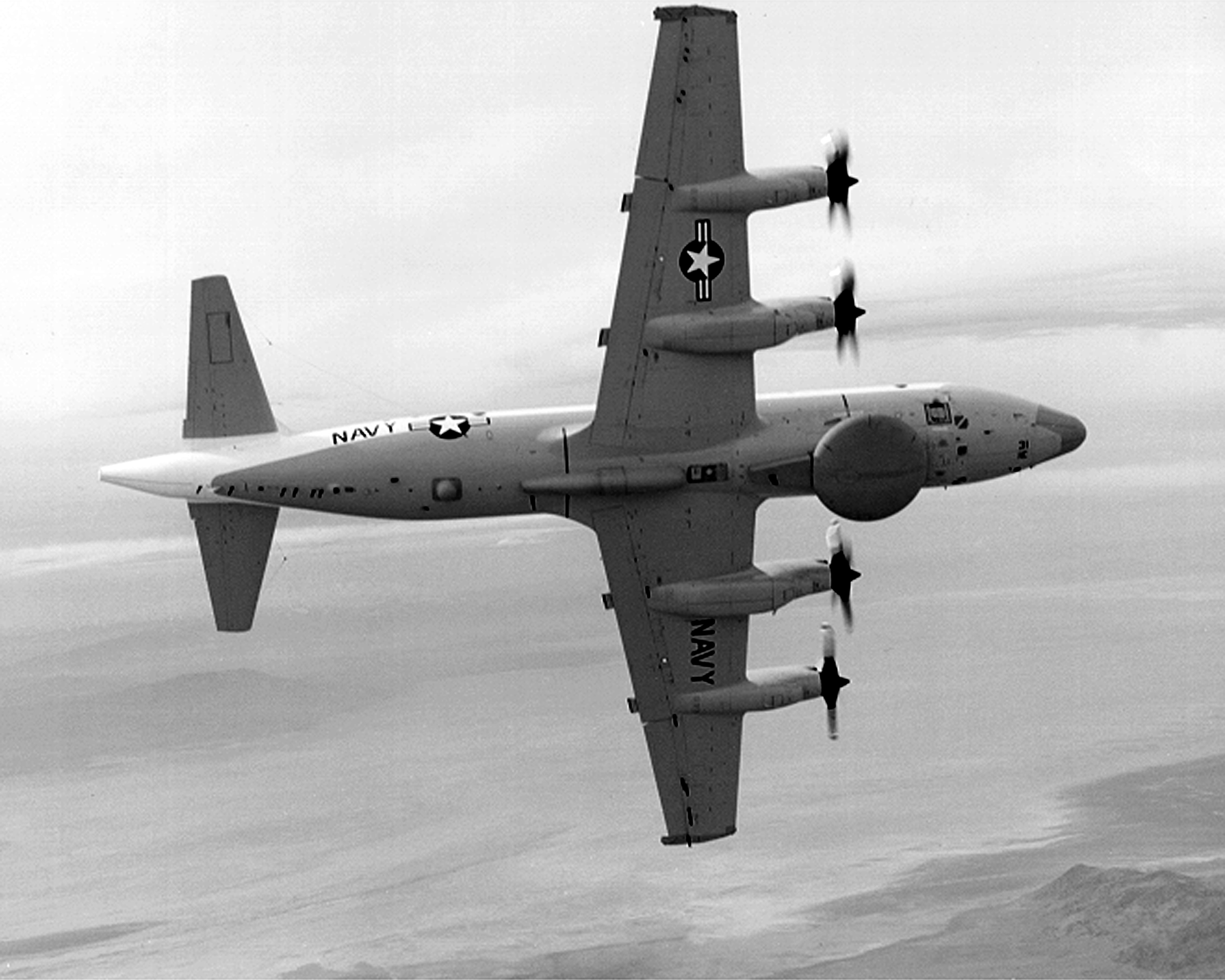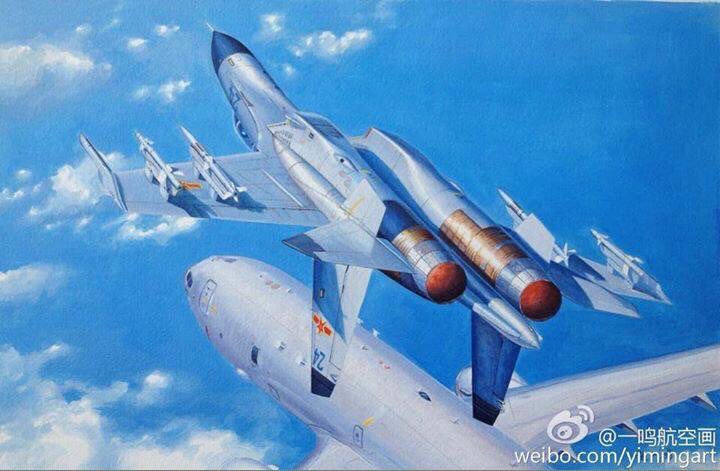
Beijing accused a U.S. Navy surveillance plane of acting unsafely during a Sunday intercept by People’s Liberation Army Air Force fighters, according to state-controlled press.
In Tuesday statements, both China’s Ministry for Foreign Affairs and the PLA condemned the actions of the crew of a U.S. Navy EP-3E Aries II signals intelligence aircraft operating off of the coast of China over the East China Sea.
“U.S. military vessels and planes have long been carrying out frequent surveillance activities close to China’s coastal waters, which poses a grave threat to China’s maritime and airspace security,” ministry spokesman Lu Kang said on Tuesday.
“China urges the U.S. to immediately stop all close-in surveillance activities and avoid a recurrence of such incident.”

In a short story by state-run newswire Xinhua, Ministry of National of Defense spokesperson Ren Guoqiang issued a similar rebuke.
“The close-in reconnaissance of the U.S. aircraft threatened China’s national security, damaged the military safety between two countries and put the pilots of both countries in danger,” Ren said.
“This is a source of danger for China-U.S. military safety.”
Both statements follow claims from the Pentagon that two PLAAF Chengdu J-10 fighters had unsafely intercepted the Aries on Sunday.
According to a Monday account of the intercept in Military Times, the J-10s approached the Aries from behind about 80 nautical miles south from Qingdao, home of the People’s Army Liberation Navy’s Northern Fleet. Other reports indicated the J-10s came within 90 yards of the Aries and did not respond to radio communications.
“The U.S. Navy EP-3 was on a routine mission operating in accordance with international law,” read a statement from U.S. Pacific Fleet provided to USNI News on Tuesday.
“While we are still investigating the incident, initial reports from the US aircrew characterized the intercept as unsafe. The issue is being addressed with China through appropriate diplomatic and military channels.”
The Aries IIs are designed to operate in international airspace and monitor and record transmissions emanating from a potential adversary and gather signals intelligence.
Both the U.S. and China regularly operate signals intelligence aircraft and ships in international airspace and waters. However, China has been quick to condemn U.S. operations in the past.
This week’s incident follows a now-notorious 2014 incident between a Shenyang J-11BH fighter and a P-8A Poseidon Maritime Surveillance aircraft in which the fighter allegedly flew a barrel roll over the Poseidon to show the U.S. crew its weapons loadout. The Chinese said afterward that the U.S. aircraft had provoked the incident by operating so close to the Chinese shore – albeit in international airspace.
“Our pilot’s operation has been professional and due regard has been given to the safety issue. China is a developing country,” Yang Yujun, spokesman for the Chinese Ministry of Defense (MOD) said at the time.
“Our aircraft are very precious and the lives of our pilots are even more precious. Compared with the countries, which asked their pilots to fly around other country’s doorsteps, we cherish more the safety of our personnel and equipment.”
The incident between the P-8A and the J-11 is so famous in China that a painting of the encounter was widely circulated on the Chinese microblog site, Weibo.

In 2001, an unsafe Chinese intercept forced an Aries II to crash land on Hainan Island and resulted in the death of a Chinese pilot
Complicating matters, China has instituted a so-called Air Defense Identification Zone over the East China Sea in which aircraft operating in the zone have to declare their intentions to Chinese air traffic controllers and the military.
The U.S. views the area as unrestricted international airspace and does not comply with the directive from Beijing.
Earlier this year, in May, a pair of PLAAF J-10s intercepted a U.S. P-3C Orion anti-submarine warfare aircraft operating about 150 miles from the island of Hainan in the South China Sea.
Like the Sunday incident, the Pentagon determined the encounter was “unsafe.”
The following is the complete statement from U.S. Pacific Fleet on the incident.
On July 23 (local), an interaction occurred in international airspace above the East China Sea between two Chinese J-10 fighter aircraft and a U.S. Navy EP-3 reconnaissance aircraft. The U.S. Navy EP-3 was on a routine mission operating in accordance with international law. While we are still investigating the incident, initial reports from the US aircrew characterized the intercept as unsafe. The issue is being addressed with China through appropriate diplomatic and military channels.





